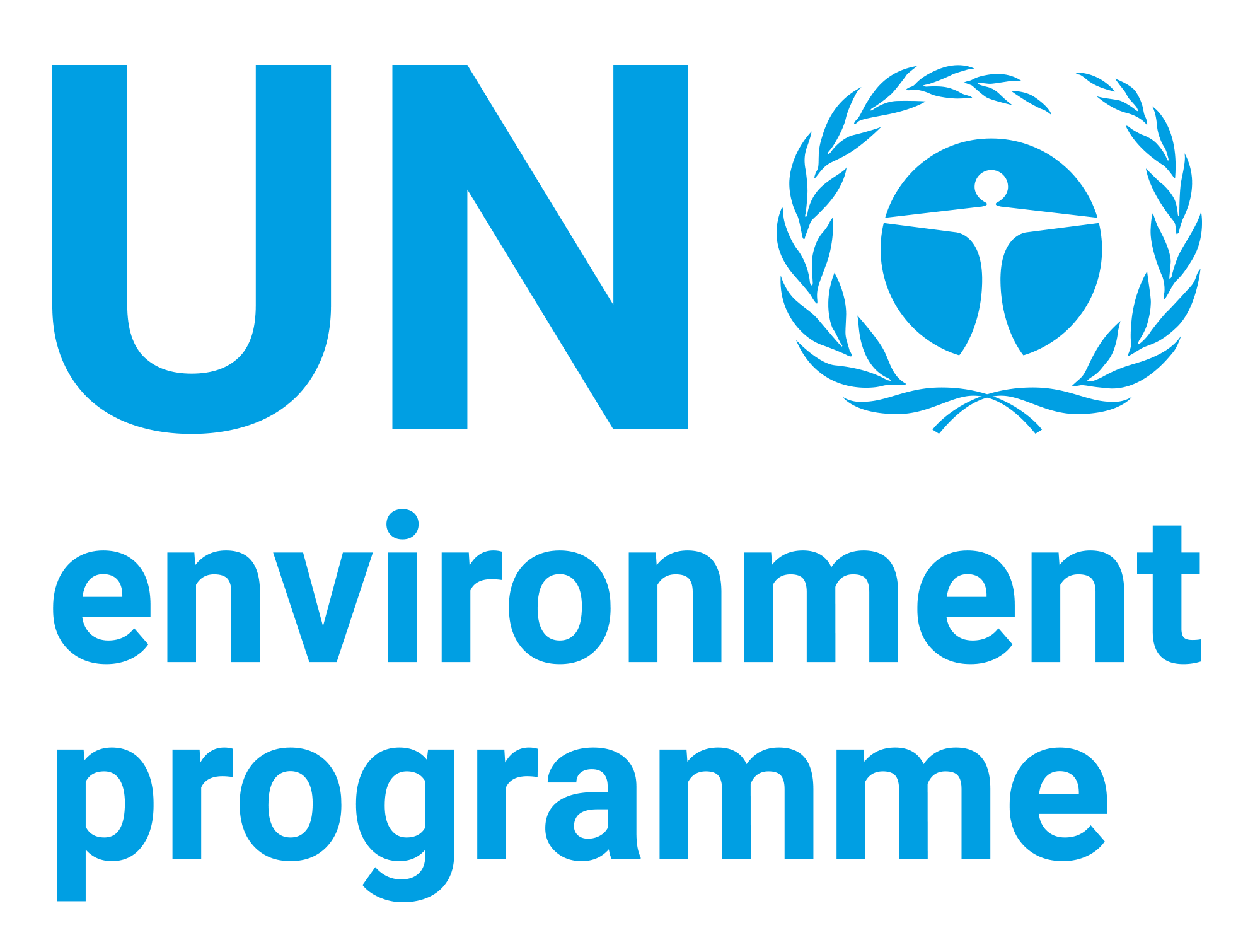Kinetic and Exposure Commitment Analyses of Lead Behavior In A Biosphere Reserve : A Technical Report - MARC Report Number 15

Date
1979Author
United Nations Environment Programme
Monitoring and Assessment Research Centre
Citation Tool
Bibliographic Managers
RT Generic T1 Kinetic and Exposure Commitment Analyses of Lead Behavior In A Biosphere Reserve : A Technical Report - MARC Report Number 15 A1 United Nations Environment Programme, Monitoring and Assessment Research Centre YR 1979 LK https://wedocs.unep.org/20.500.11822/28013 PB AB TY - GEN T1 - Kinetic and Exposure Commitment Analyses of Lead Behavior In A Biosphere Reserve : A Technical Report - MARC Report Number 15 AU - United Nations Environment Programme, Monitoring and Assessment Research Centre Y1 - 1979 UR - https://wedocs.unep.org/20.500.11822/28013 PB - AB - @misc{20.500.11822_28013 author = {United Nations Environment Programme, Monitoring and Assessment Research Centre}, title = {Kinetic and Exposure Commitment Analyses of Lead Behavior In A Biosphere Reserve : A Technical Report - MARC Report Number 15}, year = {1979}, abstract = {}, url = {https://wedocs.unep.org/20.500.11822/28013} } @misc{20.500.11822_28013 author = {United Nations Environment Programme, Monitoring and Assessment Research Centre}, title = {Kinetic and Exposure Commitment Analyses of Lead Behavior In A Biosphere Reserve : A Technical Report - MARC Report Number 15}, year = {1979}, abstract = {}, url = {https://wedocs.unep.org/20.500.11822/28013} } TY - GEN T1 - Kinetic and Exposure Commitment Analyses of Lead Behavior In A Biosphere Reserve : A Technical Report - MARC Report Number 15 AU - United Nations Environment ProgrammeUnited Nations Environment Programme, Monitoring and Assessment Research Centre UR - https://wedocs.unep.org/20.500.11822/28013 PB - AB -View/Open
Item Statistics
Display item statisticsMetadata
Show full item recordDescription
The detailed analysis of an environmental system is a prerequisite to efficient monitoring design. Such analysis includes the sampling scheme, field measurements, pathway analysis and exposure response. The exposure commitment method rationally ties these aspects together, allowing one to look at the system as a whole rather than at the separate parts.
Monitoring data acquired as part of a field project to develop a pollutant monitoring system for biosphere reserves are analysed. The field study took place in the autumn of 1977 and spring of 1978 in the Great Smoky Mountains National Park, a designated biosphere reserve site in the U.S.A. A multi-media integrated sampling programme was carried out with a variety of samples collected, including soil, litter, vegetation, water and air. in this report, a kinetic model of this forest ecosystem is developed. Values for compartment sizes and rate constants are determined from the literature. Inputs to the system are from measured values. The model results show good agreement with the measured field results. The steady-state concentrations are used to estimate the transfer coefficients for the exposure commitment analysis. The use of transfer coefficients to compute contributions to steady-state concen- trations or to determine exposure commitments is illustrated. It is shown that the exposure commitment method is a useful means of analysing an environmental system and of contributing to the design of monitoring programmes.
Collections
Document Viewer
To read more, scroll down below.

